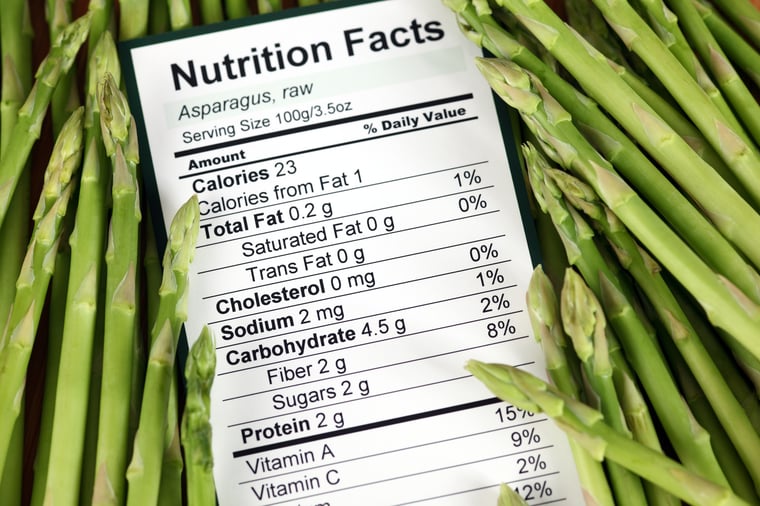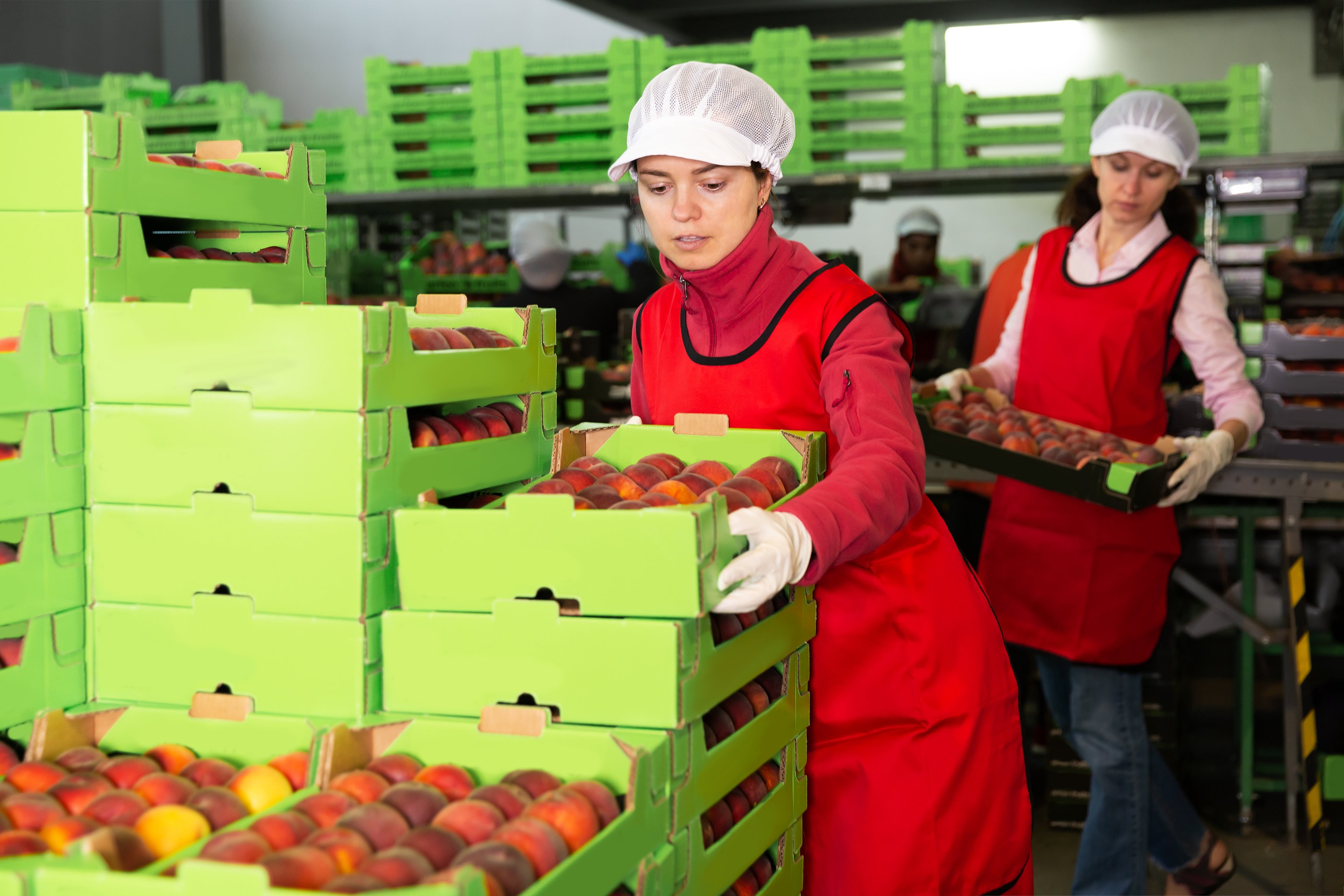Natasha’s Law comes into force across England, Wales and Northern Ireland in October 2021. It is now nearly two years after it was announced in Parliament (a decision that was made to give businesses sufficient time to ensure their labelling and packaging requirements comply with the new law). Is your food business ready?
- An overview of Natasha’s Law
- How your labelling processes will change
- What your business needs to do
- The role of an industry-specific ERP system
An overview of Natasha’s Law
Named after Natasha Ednan-Laperouse, the teenager who tragically passed away after experiencing an allergic reaction to a Pret a Manger baguette, Natasha’s Law was introduced to better protect allergy sufferers.
While Natasha’s story was arguably the most high-profile, it’s certainly not the first time something like this has happened. It’s estimated that 1 in 4 people live with allergies in the UK and there has been a rise in the numbers of children and adults with no previous allergic history suddenly developing intolerances.
Natasha’s Law, which will transform the requirements for prepacked for direct sale (PPDS) food labelling, will not only give consumers more confidence in the food and drink they buy, but also highlights the ever-rising challenge of efficient allergen management.
How your labelling processes will change

As of writing, the current regulations state food manufacturers must inform you if they use any of the 14 listed allergens as ingredients in the food and drink they produce. You can read about these allergens here.
These regulations don’t currently apply to sandwich and takeaway shops. Food prepared and packaged on the premises on which it’s sold (AKA PPDS) doesn’t have to display allergen or ingredient information in writing. So, unless consumers ask, they won’t always know what’s in the food and drink they eat/drink.
Natasha’s Law will ensure that food and drink produced and prepared by manufacturers and shops will display full labelling details and the name of the food. If any of the 14 allergens are in the food, it must be emphasised on the label.
Watch the video from the Food Standards Agency (FSA) for a great summary...
What your business needs to do
The Food Standards Agency (FSA) will be publishing official information for the industry on 1 October. In the meantime, they've provided some initial guidance, which you can read here.
Here's our summary...
Natasha's Law only applies to PPDS foods
That means food that's in packaging or is packaged after being ordered/selected by the customer. If food isn't pre-packaged (for example, if you order it in a restaurant), it doesn't require a label with the name, full list of ingredients and allergens emphasised.
What about food that has been packaged by one business and supplied to another for sale?
Although this isn't classed as PPDS food, it should still include full labelling - the name of the food, complete ingredients list and the allergens emphasised.
What about food sold over the phone or on the internet?
Natasha's Law will NOT apply to foods sold via this means. However, businesses selling PPDS food in this manner must ensure mandatory allergen information is available to consumers before purchase and at the point of delivery.
The role of an industry-specific ERP system

It’s clear that manually auditing and updating your systems and processes to ensure compliance with Natasha’s Law isn’t the right approach. Instead, you should rely on technology solutions - in particular, an ERP system that offers the relevant functionalities to support the changing needs of the food industry.
Look for food ERP software that will enable you to gain complete visibility over your operations so ensuring compliance with regulatory changes becomes a much easier task - no matter how much notice you have.
This starts with consolidating critical information into one location. You’d be surprised at how many food and drink businesses are still juggling multiple off-system databases.
While it might be something you’ve gotten used to, it’s certainly a hassle when you need to find a key piece of data. Not only is it time-consuming to try and locate the data, you might think you’ve finally found it and it turns out it’s out-of-date. Or not live yet.
So, while it’s not mandatory to invest in a food-industry specific ERP system, the benefits are certainly clear. In the case of ensuring compliance with Natasha’s Law, food ERP software can offer:
- Formula and recipe management
- Batch production management
- Production recording
- Nutritional content
- Allergen management (e.g. the ability to track allergens across multiple sources, add them to items and recipes as direct or ‘may contain’)
- Lot tracking
- Certification management (to ensure your domestic and international suppliers are compliant with regulations)
- Supply chain control
- Quality management
- Packaging configurator

Essentially, what food ERP software can do is give you full visibility into the ingredients of the products you produce, supply or distribute. Whether that’s their allergen content, where the items are located in your supply chain (via Lot tracking) or ensuring your vendors’ certifications are up-to-date, this will help you:
- Meet consumer expectations
- Ensure high quality and standards
- Comply with regulations
- Safeguard your consumers
Find out more about the differences between generic ERP and food-specific ERP software
An off-the-shelf ERP system will certainly help ensure your business is complying with Natasha’s Law by the October deadline. However, due to the ‘standard’ nature of this option, you may need additional features to suit the unique nuances of the food industry.
For example, unlike most other products, foodstuff is ‘live’ and its state is constantly changing, despite being stored in the right conditions.
This can lead to ERP customisations which can make operations more complex for food manufacturers, distributors and suppliers in the long-run. We discuss these challenges and why food businesses should consider investing in industry-specific ERP software in our podcast series, ColumbusCast.
Have a listen via the button below.

